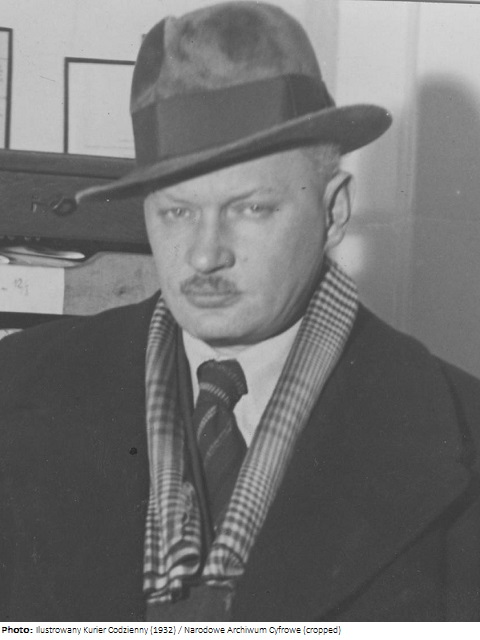Felicjan Kowarski

Biographical information
| Roles | Competed in Olympic Games |
|---|---|
| Sex | Male |
| Full name | Felicjan Szczęsny•Kowarski |
| Used name | Felicjan•Kowarski |
| Born | 8 September 1890 in Starosielce, Białystok, Podlaskie (POL) |
| Died | 22 September 1948 in Konstancin-Jeziorna, Mazowieckie (POL) |
| NOC |  Poland Poland |
Biography
Polish painter Felicjan Kowarski studied in Odesa, St. Petersburg, and München. Beginning in 1920, he worked in Toruń (in German: Thorn) as a graphic designer. He experimented with Cubism and Futurism, which also resulted in his affinity for architecture. Between the wars, Kowarski was involved in the restauration of the Wawel castle in Warszawa (Warshaw) and travelled to Italy and France, where he was influenced by Renaissance art. In 1923 he became a professor of murals in Kraków and later in Warszawa. He was best known in Poland for his monumental wall and ceiling paintings, especially of group portraits. After the establishment of the Polish People’s Republic, Kowarski gave expression to humanistic and heroic revolutionary ideals in several series of paintings related to Socialist realism. As early as 1931, he had caused a sensation with the oil painting Rowers at the national preliminaries, but then did not participate in the Olympics. The three Archery paintings exhibited in Berlin 1936 were also oil paintings, which were possibly summoned under a mutual title only for this occasion.
Results
| Games | Discipline (Sport) / Event | NOC / Team | Pos | Medal | As | |
|---|---|---|---|---|---|---|
| 1936 Summer Olympics | Art Competitions |  POL POL |
Felicjan Kowarski | |||
| Painting, Paintings, Open (Olympic) | ||||||
| Painting, Paintings, Open (Olympic) | ||||||
| Painting, Paintings, Open (Olympic) |
Errata
Date of birth also given as 18 September 1890 and 8 November 1890.